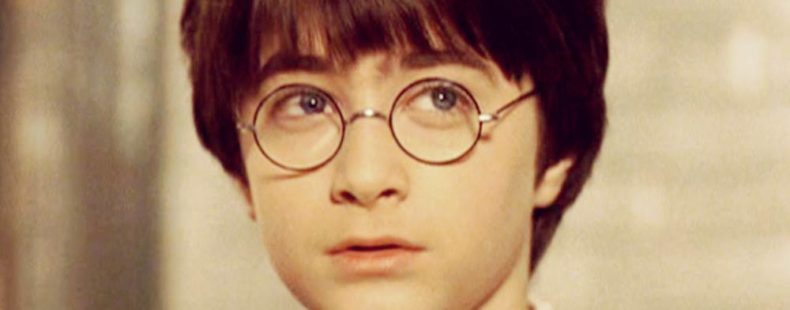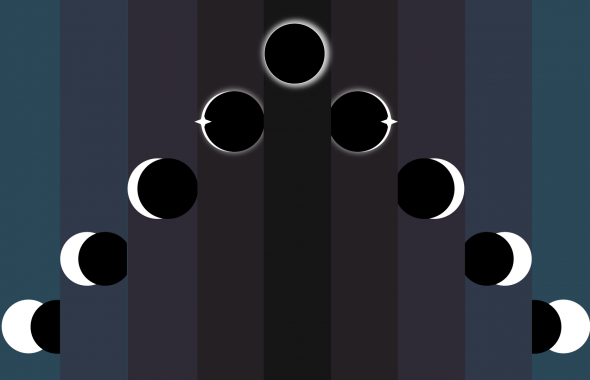Calling all muggles
Do you know why we non-magical folks are referred to as muggles in the world of Harry Potter?
J.K. Rowling says she created the word muggle from mug, an English term for someone who is easily fooled. At the 2004 World Book Day, Rowling said: “I was looking for a word that suggested both foolishness and lovability. The word ‘mug’ came to mind, for somebody gullible, and then I softened it. I think ‘muggle’ sounds quite cuddly. I didn’t know that the word ‘muggle’ had been used as drug slang at that point… ah well.”
It’s true, one of the other definitions for muggle, is a slang term for marijuana, but obviously that’s not where Rowling was going. Let’s look at how other dictionary.com words are re-imagined in the wizarding world.




















